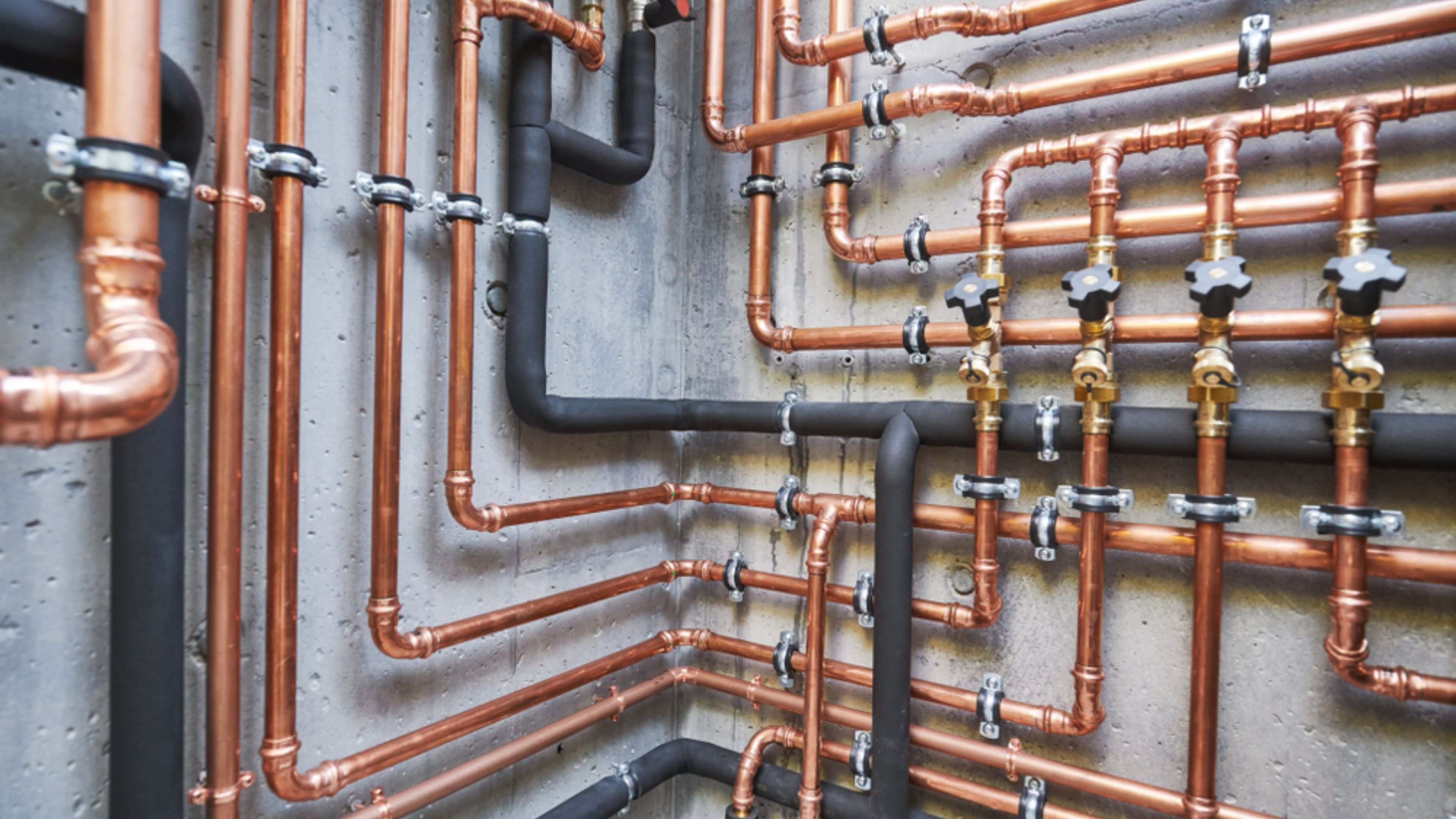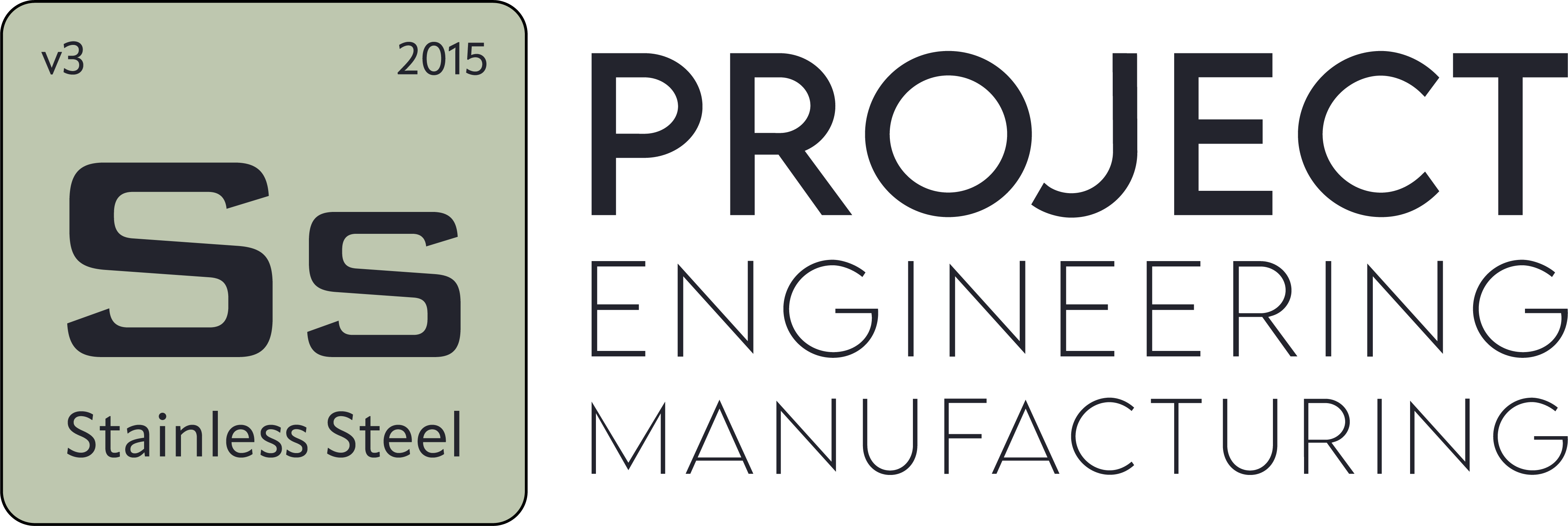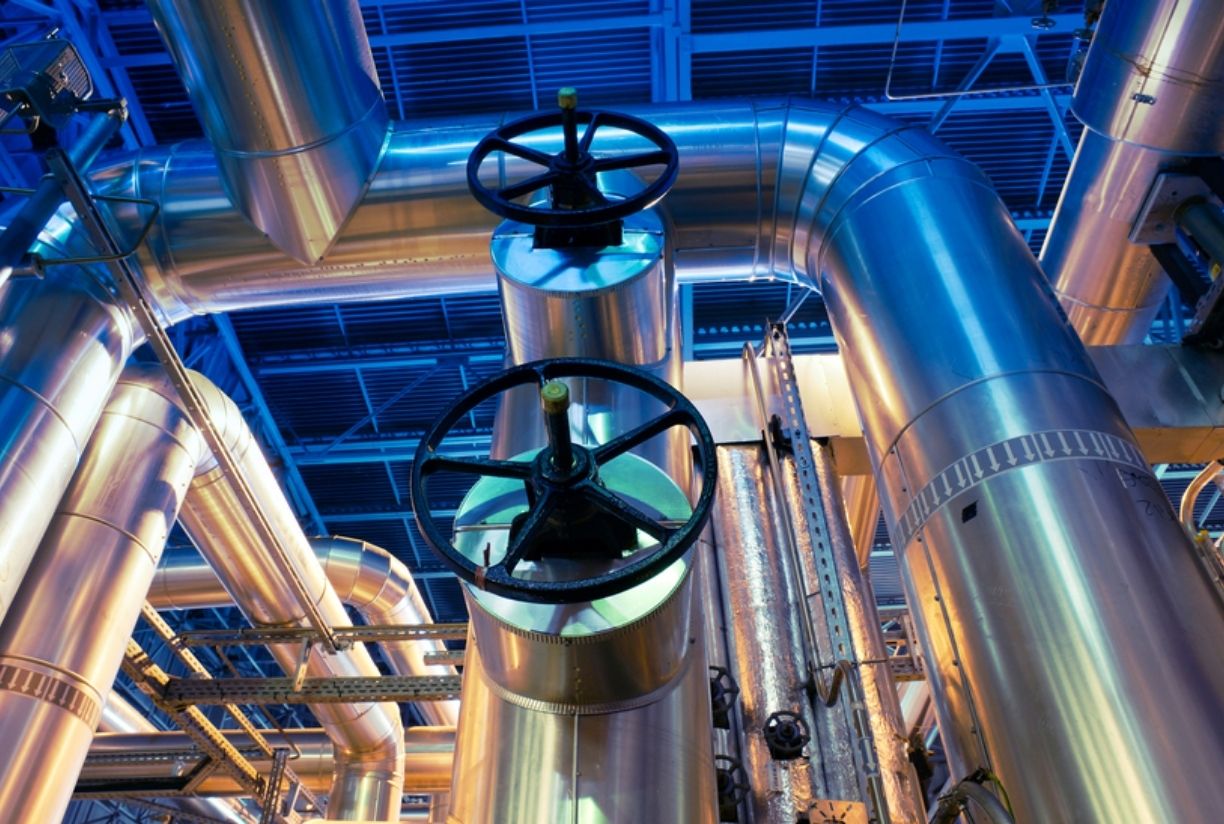Sanitary Plumbing Solutions: Methods for Improving Quality in Pharmaceutical and Food Production
- Blog
- Sanitary Plumbing Solutions: Methods for Improving Quality in Pharmaceutical and Food Production
Sanitary Plumbing Solutions: Methods for Improving Quality in Pharmaceutical and Food Production
Table of Contents
- What is Hygienic Piping and Why is it Important in Food and Pharmaceutical Production?
- Which Hygienic Piping Solutions Should be Preferred for High-Quality Production?
- How Does Hygienic Piping Contribute to Production Efficiency?
- How is Piping Hygiene Controlled in the Food and Pharmaceutical Industry?
- Does Investment in Hygienic Piping Reduce Costs in the Long Term?
- Stainless Steel or Special Alloys? Material Comparison in Hygienic Piping
What is Hygienic Piping and Why is it Important in Food and Pharmaceutical Production?
In food and pharmaceutical production, having hygienic piping is vital for product safety and quality. Hygienic piping refers to pipe, valve, and equipment systems designed from planning to installation to prevent microbial growth. Smooth surfaces, minimal welding points, and designs suitable for cleaning cycles are fundamental features of this piping.
The cleanability of pipelines and equipment is critical for reducing contamination risks during production. Hygienic piping integrated with CIP and SIP systems allows automatic cleaning and sterilization without disassembling the equipment. SS-Proje analyzes field data to optimize hygienic piping design and ensure cleaning cycles are maximally effective.
Material selection directly affects hygienic piping performance. Stainless steel, proper alloys, and post-welding passivation processes ensure surfaces are resistant to corrosion. This prevents biofilm formation, and cleaning cycles effectively remove chemical agents from surfaces.
Operators understanding how hygienic piping works, complying with procedures, and performing proper cleaning are also important. Training, automation systems, and periodic control cycles provide traceability and ensure production lines remain continuously hygienic. SS-Proje supports the facility in maintaining hygienic standards with field services.
Properly designed hygienic piping preserves equipment integrity, increases production efficiency, and guarantees safe products in both food and pharmaceutical production. Continuous monitoring through periodic validation and optimization minimizes risks and keeps production hygienic.
Which Hygienic Piping Solutions Should be Preferred for High-Quality Production?
Obtaining high-quality products in food and pharmaceutical production is directly related not only to raw material quality but also to hygienic piping solutions. The design, material selection, and cleanability of the piping ensure safe and efficient production. Hygienic piping should allow cleaning and sterilization without disassembly.
Stainless steel pipes and suitable alloys with smooth surfaces and proper welding processes minimize contamination risks. Hygienic piping integrated with CIP and SIP systems automates cleaning and sterilization processes during production, reducing operator errors. SS-Proje performs facility-based analyses to recommend the most suitable hygienic piping solution and ensure maximum cleaning efficiency.
Modular and flexible piping systems should be preferred for different production lines. This allows equipment to be relocated according to production capacity changes without disrupting cleaning processes. Additionally, proper passivation and surface treatments are critical to prevent passive surface deterioration and biofilm formation.
Operator training, standard procedures, and periodic control systems enhance the efficiency of hygienic piping. Traceability ensures cleaning and sterilization cycles are verified and documented. SS-Proje continuously optimizes these processes with field support to maintain hygienic standards.
Proper hygienic piping solutions guarantee product safety and quality on the production line. With system design, material selection, CIP/SIP integration, and regular validation, production is managed hygienically and efficiently while minimizing risks and maintaining quality standards.
How Does Hygienic Piping Contribute to Production Efficiency?
One of the main ways to increase production efficiency in food and pharmaceutical production is using hygienic piping. These pipes allow cleaning and sterilization without disassembly, keeping production uninterrupted and safe. Operator errors and downtime are minimized, and production capacity is maintained at maximum levels.
When hygienic piping is integrated with the correct cleaning and sterilization cycles, it reduces biofilm formation and contamination risks on equipment surfaces. CIP and SIP-compatible piping automates cleaning cycles, saving time and ensuring the production line remains hygienic. SS-Proje analyzes facility data to optimize this integration and improve process efficiency.
Material selection and surface finishing directly impact production efficiency. Stainless steel alloys, smooth surfaces, and passivation treatments extend equipment lifespan, reducing downtime and maintenance periods. Equipment durability supports continuous efficiency.
Operator training and procedure standards enhance consistency in production processes. Traceability and validation confirm cleaning cycles and prevent deviations. SS-Proje field support ensures operators follow procedures correctly, increasing production efficiency.
Well-designed hygienic piping directly contributes to production efficiency by minimizing downtime, maximizing cleaning effectiveness, and enabling continuous quality control. System design, material selection, CIP/SIP integration, and periodic optimization ensure production is managed safely and efficiently.

How is Piping Hygiene Controlled in the Food and Pharmaceutical Industry?
Controlling piping hygiene in food and pharmaceutical production is critical for product safety and quality. Piping hygiene is ensured through regular cleaning, sterilization, and surface monitoring methods. Hygienic piping integrated with CIP and SIP systems can be cleaned and sterilized without disassembly, guaranteeing uninterrupted hygiene on production lines.
Surface samples and microbiological tests are frequently used in hygiene monitoring. Swab tests measure microbial load on equipment surfaces and verify the effectiveness of cleaning cycles. SS-Proje ensures these tests are correctly applied through field measurements and validation protocols, increasing result reliability.
The correct application of cleaning chemicals and temperature parameters must also be monitored. During CIP cycles, chemical concentration, flow rate, and contact time are tracked to avoid residues and minimize microbial risk. Cleaning parameters must be properly recorded and documented in validation reports.
Integrity and corrosion status of passive surfaces are also part of hygiene control. Biofilm or corrosion on metal surfaces reduces CIP and SIP effectiveness. SS-Proje minimizes these risks through facility-based analysis and optimization, keeping equipment continuously hygienic.
Operator training, procedure standards, and periodic control cycles continuously monitor system performance. Traceability ensures all cleaning and sterilization steps are tracked. SS-Proje field services optimize piping hygiene control and provide safe, continuous hygiene in production processes.
Does Investment in Hygienic Piping Reduce Costs in the Long Term?
Although the initial cost of hygienic piping investment is high, it provides significant long-term savings in food and pharmaceutical production. Hygienic piping allows cleaning and sterilization without disassembly, minimizes production line downtime, and reduces losses caused by operator errors. This directly lowers production costs.
Automation of cleaning and sterilization cycles is made possible through hygienic piping integrated with CIP and SIP systems. Cleaning efficiency increases, and chemical and energy consumption is optimized. SS-Proje analyzes facility data to maximize cleaning cycle effectiveness and help control costs.
Preserving passive surfaces and preventing corrosion also provide long-term savings. High-quality materials, proper welding, and passivation processes extend equipment life. Reduced failures and maintenance periods minimize production interruptions and lower costs.
Operator training and standard procedures enhance consistency in production processes. Traceability and validation ensure all cleaning and sterilization steps are monitored. SS-Proje field support increases long-term operational efficiency and prevents unexpected costs.
Properly designed and integrated hygienic piping systems ensure production safety and reduce long-term maintenance, energy, and cleaning costs. With system design, material selection, and CIP/SIP integration, the investment provides high returns over time.
Stainless Steel or Special Alloys? Material Comparison in Hygienic Piping
Although the initial cost of hygienic piping investment is high, it provides significant long-term savings in food and pharmaceutical production. Hygienic piping allows cleaning and sterilization without disassembly, minimizes downtime, and reduces operator-related losses, directly lowering production costs.
Automation of cleaning and sterilization cycles is possible with hygienic piping integrated with CIP and SIP systems. Cleaning efficiency increases, and chemical and energy consumption is optimized. SS-Proje analyzes facility data to maximize cleaning cycle effectiveness and maintain cost control.
Protecting passive surfaces and preventing corrosion also provides long-term savings. High-quality material selection, proper welding, and passivation extend equipment life. Reduced failures and maintenance periods minimize production downtime and lower costs.
Operator training and standard procedures enhance process consistency. Traceability and validation ensure all cleaning and sterilization steps are monitored. SS-Proje field support increases operational efficiency over the long term and prevents unexpected costs.
Properly designed and integrated hygienic piping systems ensure production safety and reduce long-term maintenance, energy, and cleaning costs. With system design, material selection, and CIP/SIP integration, the investment provides high returns over time.


